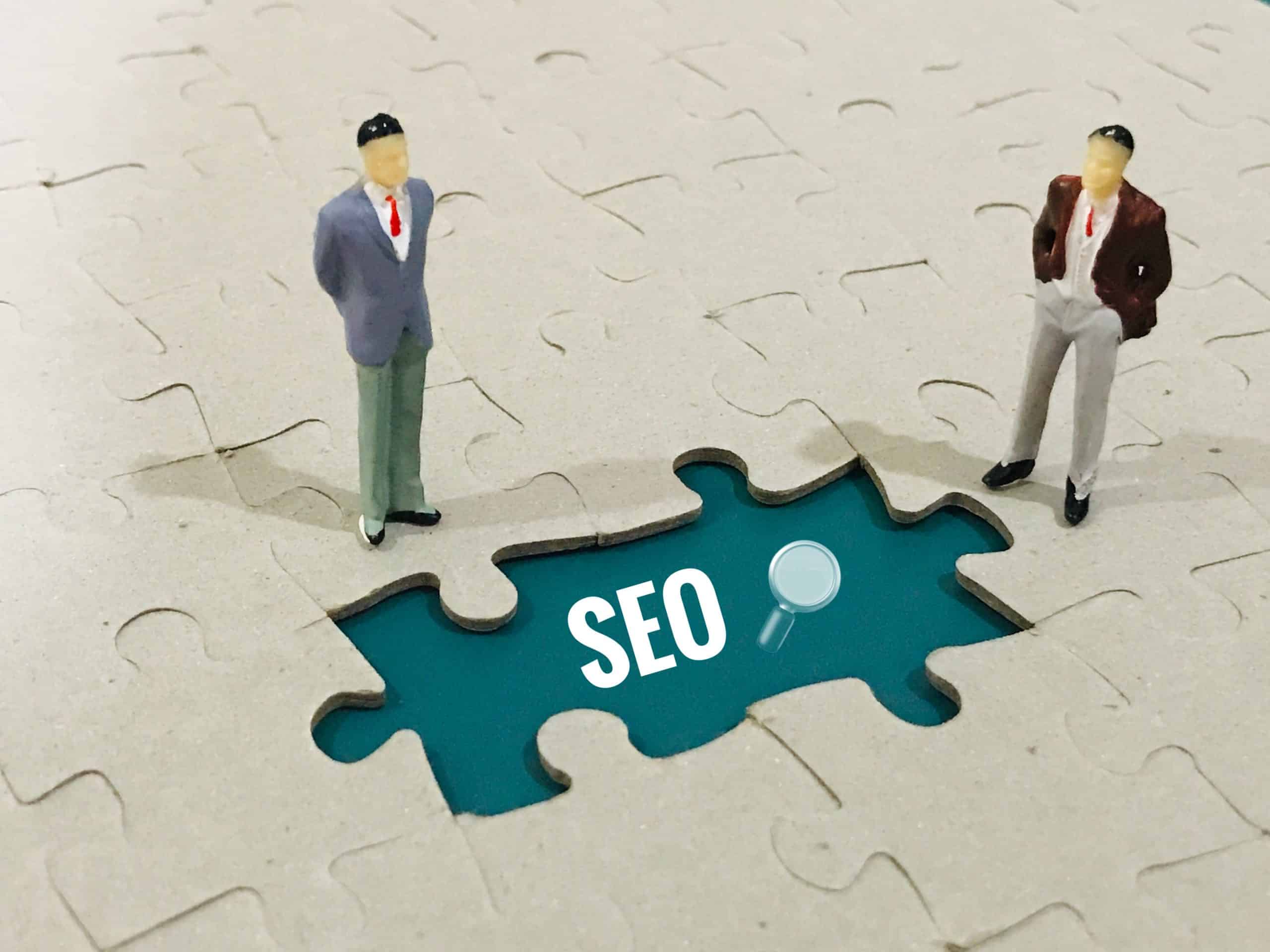In the fast-paced world of business, having a well-designed office space is no longer a luxury – it’s a necessity. A workspace that promotes productivity and employee wellbeing is critical to your success. But how do you create such an environment? This article will guide you through the crucial elements of office design that can enhance both productivity and employee wellbeing.
The Role of Office Design in Productivity
Office design has a significant impact on how efficiently your employees can work. The layout and design of your workspace can either encourage concentration and creativity or distract and disrupt. Here, we will explore some key considerations in office design that can enhance productivity.
Dans le meme genre : What Are the Best Strategies for Navigating the Planning Permission Process for UK Extensions?
The layout of your office plays a crucial role in facilitating workflows. A poorly designed layout can lead to unnecessary movement and disruption, reducing productivity. On the other hand, a well-thought-out layout can streamline workflows and improve communication.
Open plan offices have become popular in recent years, fostering collaboration and transparency. However, they can also lead to distractions. Consider incorporating quiet zones or private spaces where employees can focus on their work without disturbances.
Lire également : How Can Real Estate Investors Navigate the UK’s Stamp Duty Land Tax Changes?
Natural lighting has been proven to boost productivity and mood. Windows that let in plenty of daylight, as well as strategically placed artificial lights, can create a bright and uplifting environment. However, it’s important to also provide adjustable lighting solutions, especially in workstations, to cater to different tasks and preferences.
The color scheme in your office can also affect productivity. While bright colors can stimulate creativity, they can also be distracting if overused. Neutral or calming shades can create a peaceful atmosphere conducive to concentration.
Creating a Healthy Workplace Environment
A well-designed office goes beyond just improving productivity; it also promotes the health and wellness of your employees. In this section, we’ll discuss how to create an office environment that fosters both physical and mental health.
Ergonomic furniture has become a staple in modern office design. Desks and chairs that promote good posture can prevent back pain and other physical health issues. Additionally, adjustable desks that allow employees to alternate between sitting and standing can promote movement and reduce the risk of sedentary-related health problems.
Ventilation and air quality are often overlooked aspects of office design. Poor air quality can lead to health issues like allergies and respiratory problems. Therefore, it’s essential to ensure your office has good ventilation, with fresh air circulating frequently.
The mental health of your employees is just as important as their physical health. Incorporating elements of nature, such as plants or water features, can reduce stress and promote mental wellbeing. Providing relaxation areas where employees can take a break and de-stress can also contribute to mental health.
The Impact of Office Space Design on Employee Wellbeing
Understanding the relationship between office design and employee wellbeing is a crucial step in creating a harmonious workspace. In this section, we’ll delve deeper into how your office design can enhance employee wellbeing.
Creating a sense of community is essential for employee wellbeing. Incorporating communal areas where employees can socialize and collaborate can foster a sense of belonging. A kitchen or dining area is an excellent example of such spaces.
Ensuring your office design reflects your company culture also contributes to employee wellbeing. If your company values creativity and innovation, your office should be designed to reflect that. This could be through unique furniture pieces, vibrant colors, or innovative workspaces. When employees feel that their environment aligns with their company’s values, they are likely to feel more engaged and satisfied at work.
Designing for Business Success
The office environment is an extension of your business brand and values. It’s crucial that your design not only enhances productivity and wellbeing but also aligns with your business identity. Let’s explore this idea further.
Including your brand elements in your office design can reinforce your company’s identity and make your employees feel more connected to the business. This could be through your brand colors, logos, or even showcasing your products or projects around the office.
Your office design should also cater to different work styles and needs. By providing a variety of workspaces, from collaborative spaces to private workstations, you can cater to the diverse work styles and needs of your employees, fostering a sense of inclusion.
Lastly, your office design should be flexible and adaptable, ready to evolve as your business grows and changes. Modular furniture, movable walls, or adjustable lighting are all elements that can facilitate this adaptability.
The design of your office space plays a vital role in your business’s success, affecting not only productivity levels but also employee health and wellbeing. As we’ve seen, creating a well-designed office involves considering various factors, from the practical layout to the psychological impact of color and light, to the inclusion of health-promoting features. It’s a complex task, but with careful planning and consideration, you can create a workspace that fosters productivity, promotes health, and represents your business at its best.
Integrating Space Utilization and Biophilic Design
Understanding space utilization and integrating biophilic design are key components in creating a productive and healthy office environment. Let’s delve into the importance of these elements in office design.
Space utilization plays a significant role in designing an effective office layout. By understanding how your employees work and what tools they need, you can design an office space that maximizes efficiency. For instance, placing commonly used resources in easily accessible locations can reduce time wastage. On the other hand, maintaining a balance by leaving enough open space can prevent an overcrowded environment that might hinder productivity.
Biophilic design, which incorporates natural elements into the workplace, is increasingly recognized for its benefits on mental health. Research suggests that exposure to nature, even in small doses, can reduce stress and enhance wellbeing. Bringing elements such as plants, natural light, or even imagery of landscapes into the office can create a calming atmosphere that promotes mental health. Moreover, utilizing natural materials such as wood or stone in your office design can enhance the connection to nature, further boosting the mental wellbeing of your employees.
Adapting to Remote Work and Flexible Offices
As remote work becomes prevalent and flexible offices gain popularity, adapting your office design to these new trends is crucial. Let’s look at how to accommodate these changes in your office design.
With more employees working from home, providing facilities for remote work is essential. This could include dedicated spaces for video calls, or ‘hot-desking’ areas that remote employees can use when they come into the office. Ensuring your office design supports technology integration is also important, as it facilitates seamless communication between in-office and remote employees.
Flexible offices, where employees can choose where and how they work, are becoming more common. Office spaces that offer a variety of workstations, from standing desks to lounge areas, can cater to the diverse needs of your employees. This flexibility allows employees to choose where they feel most productive, enhancing overall productivity and wellbeing.
Conclusion
Office design plays a pivotal role in enhancing productivity and fostering employee wellbeing. From the practical aspects of your office layout and space utilization, to the psychological benefits of natural light and biophilic design, each component contributes to a productive and healthy work environment. By paying attention to these elements, and adapting to trends such as remote work and flexible offices, you can create an office space that not only encourages efficiency but also promotes the mental and physical health of your employees. As workplace management evolves, so too should your office design. Remember, a well-designed office is not just a space for work, it’s a representation of your company culture and a tool for achieving business success.






